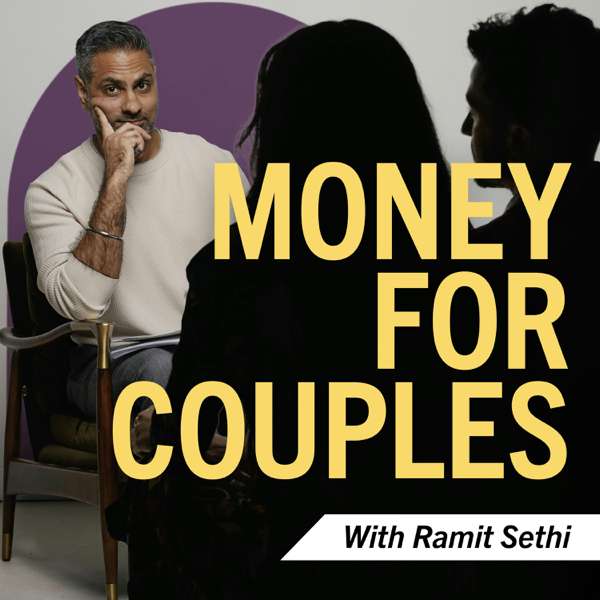* Today we got the Non-Farm Payroll report for the month of June
* Remember the last 2 reports were quite weak and everybody was hoping for a rebound in June to prove that April and May were a fluke and not a new trend
* In fact the Fed talked about that in their last FOMC meeting minutes
* The consensus was for 180,000 jobs to be created and the range went from a low of 130,000 to as high as 235,000
* The consensus average of that range was 180,000
* The actual number came in at 287,000, over 100,000 jobs above the consensus
* Now we did revise down the really bad number from May, and made it even worse
* Initially that number was 38,000 jobs and now we know it was just 11,000 jobs
* So about 70% of the jobs disappeared
* I have a good feeling that the reason June's number is so high is that it's just wrong, and we'll see what kind of revision we get to it next month
* Remember, a good chunk of these numbers are jobs that the government assumes were created without evidence, based on the birth-death model
* I would suggest that far fewer businesses are actually being formed than the government believes
* In fact, its possible that more business are shutting down than are hiring
* Given the economy and the minimum wage, those business that are starting up are hiring fewer people than start-up historically hire
* I think these guesstimates are wildly optimistic and skewing all the numbers
* Unemployment rate, which was 4.7 last month and expected to notch up to 4.8, instead notched up higher to 4.9
* Private payrolls which were expected to rise by $170,000 jumped by $265,000
* But last month they revised a $25,000 gain to a $6,000 loss
* Why did unemployment move up? Because the labor force participation rate notched up from 62.6 to 62.7
* Obviously not all the people who re-joined the labor force could find jobs
* Average hourly earnings were expected to rise by .2%
* Again they disappointed; they rose by just .1%
* Overall, a mixed picture, but the headline number, the 287,000 vs 180,000 consensus
* That's normally the number the market trades off
* And that is exactly what happened - as soon as the report came out we had a big jump in the dollar index and we had a big selloff in Gold
* Gold started out largely unchanged, went down about $22 on the news
* Silver sold off, it was down about 40-50 cents
* That was the knee-jerk reaction: strong dollar, weak gold, weak silver
* Why?
* A strong jobs number means the Fed is more likely to raise rates, right?
* Rate hike is coming, good for the dollar, bad for gold
* But what did I say on Wednesday's podcast?
* I said that it didn't matter what the jobs number was
* That gold was not going to go down, and if it was a weak number, I expected a big rally in gold
* But I also said that a strong number would not hurt gold
* Earlier in the year, a strong number would crush gold
* I said that what's going on, and based on the latest FOMC minutes, I don't care what the jobs number is
* The Fed is not going to raise rates
* Jobs have nothing to do with it, Jobs are the excuse
* The Fed can't raise rates now because of the fragility in the banking system, all the things that were revealed by Brexit
* The market is sensing that and that's why within the first hour gold reversed all of its losses and finished the day up about $5.60 at $1365.40
* The highest close of the year on a day when we had a huge beat in the Non-Farm Payrolls
* Silver had an even more impressive reversal; it rallied over $1
* Stocks really broke out; the GDX was up over 30% today to close at $30.54
* Not quite the highest close of the year
Our Sponsors:
* Check out Aeropress and use my code GOLD for a great deal: https://aeropress.com
* Check out Boll & Branch: https://boilandbranch.com/SCHIFF
* Check out Boll & Branch: https://boilandbranch.com/SCHIFF
* Check out Infinite Epigenetics: https://infiniteepigenetics.com/GOLD
* Check out Justin Wine and use my code SCHIFF20 for a great deal: https://www.justinwine.com
Privacy & Opt-Out:
https://redcircle.com/privacy
 Our TOPPODCAST Picks
Our TOPPODCAST Picks  Stay Connected
Stay Connected






